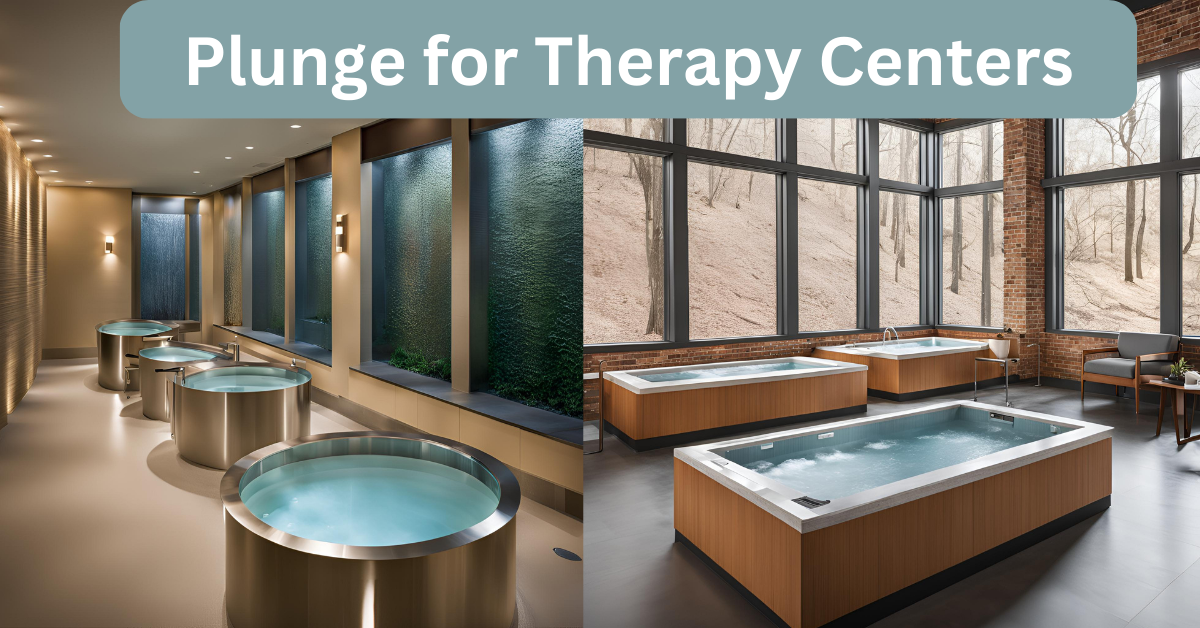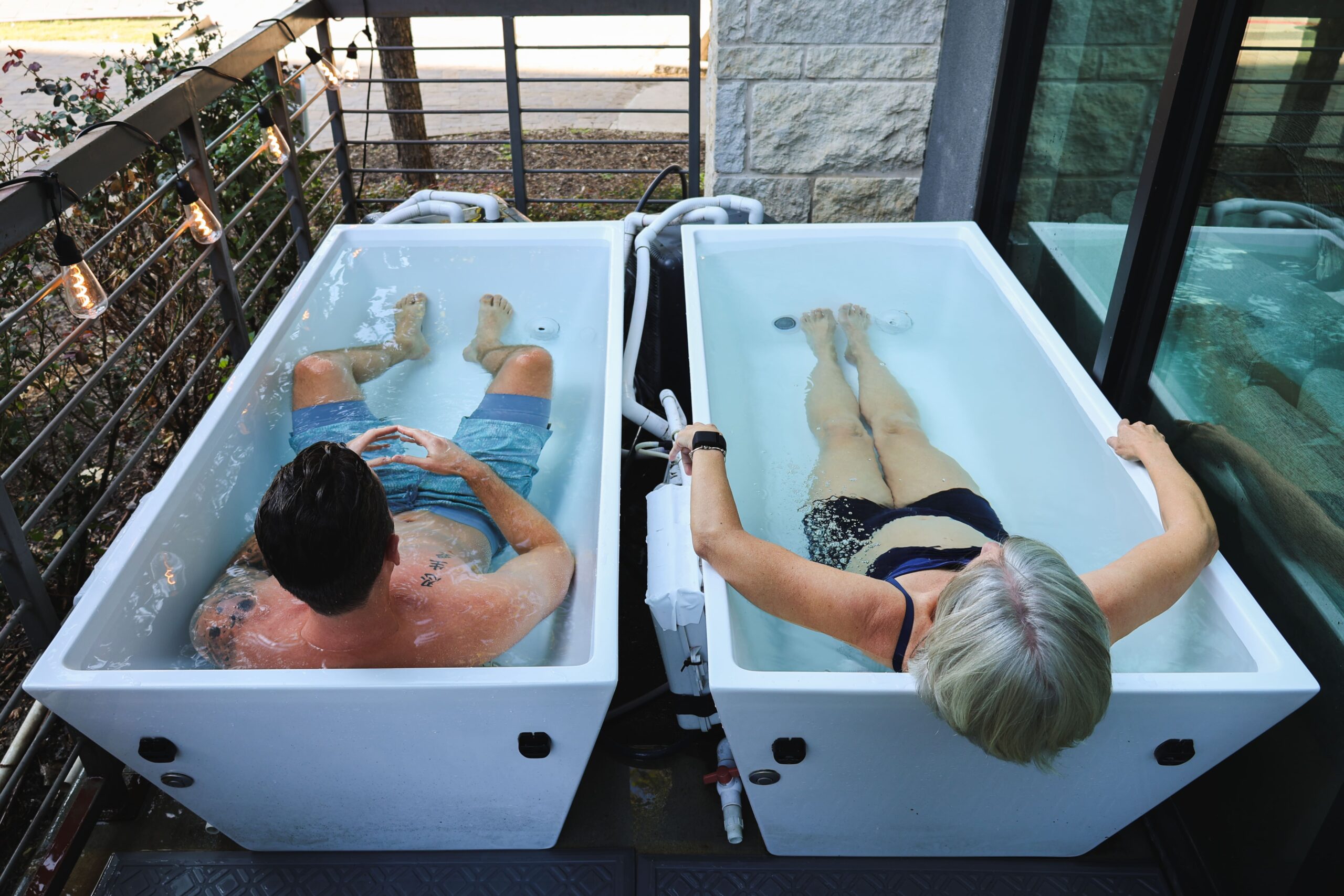Cold plunge tubs have long been used in athletic recovery and wellness therapies. Now, they are becoming a staple in professional therapy centers, offering numerous health benefits such as muscle recovery, inflammation reduction, and mental clarity. In this article, we will explore the benefits of commercial-grade cold plunge tubs for therapy centers, key features to look for, and how these tubs can enhance the overall therapeutic experience.
What Are Cold Plunge Tubs?
Cold plunge tubs are specialized tubs designed for immersing the body in cold water, typically ranging from 50°F to 59°F (10°C to 15°C). This cold exposure helps in muscle recovery, reduces swelling, and offers a host of other therapeutic benefits. In therapy centers, cold plunge tubs are used post-treatment to enhance recovery or as part of a holistic wellness program.
Benefits of Cold Plunge Therapy
Cold plunge therapy is not just a fad; it’s backed by science. Here’s why cold plunge tubs are becoming essential in professional therapy centers:
- Muscle Recovery and Pain Relief: Cold water immersion (CWI) helps reduce muscle soreness and speeds up recovery by constricting blood vessels and reducing inflammation.
- Improved Circulation: The sudden drop in temperature forces the body to pump blood more efficiently, improving circulation and flushing out toxins.
- Mental Clarity and Stress Relief: Cold plunges stimulate the production of endorphins, leaving users feeling more relaxed and focused.
- Reduction in Inflammation: Whether it’s for injury recovery or dealing with chronic pain, cold plunge tubs help manage inflammation effectively.
- Immune System Boost: Regular cold therapy can boost immune function, reducing the frequency and severity of illnesses.
Key Features of Commercial-Grade Cold Plunge Tubs
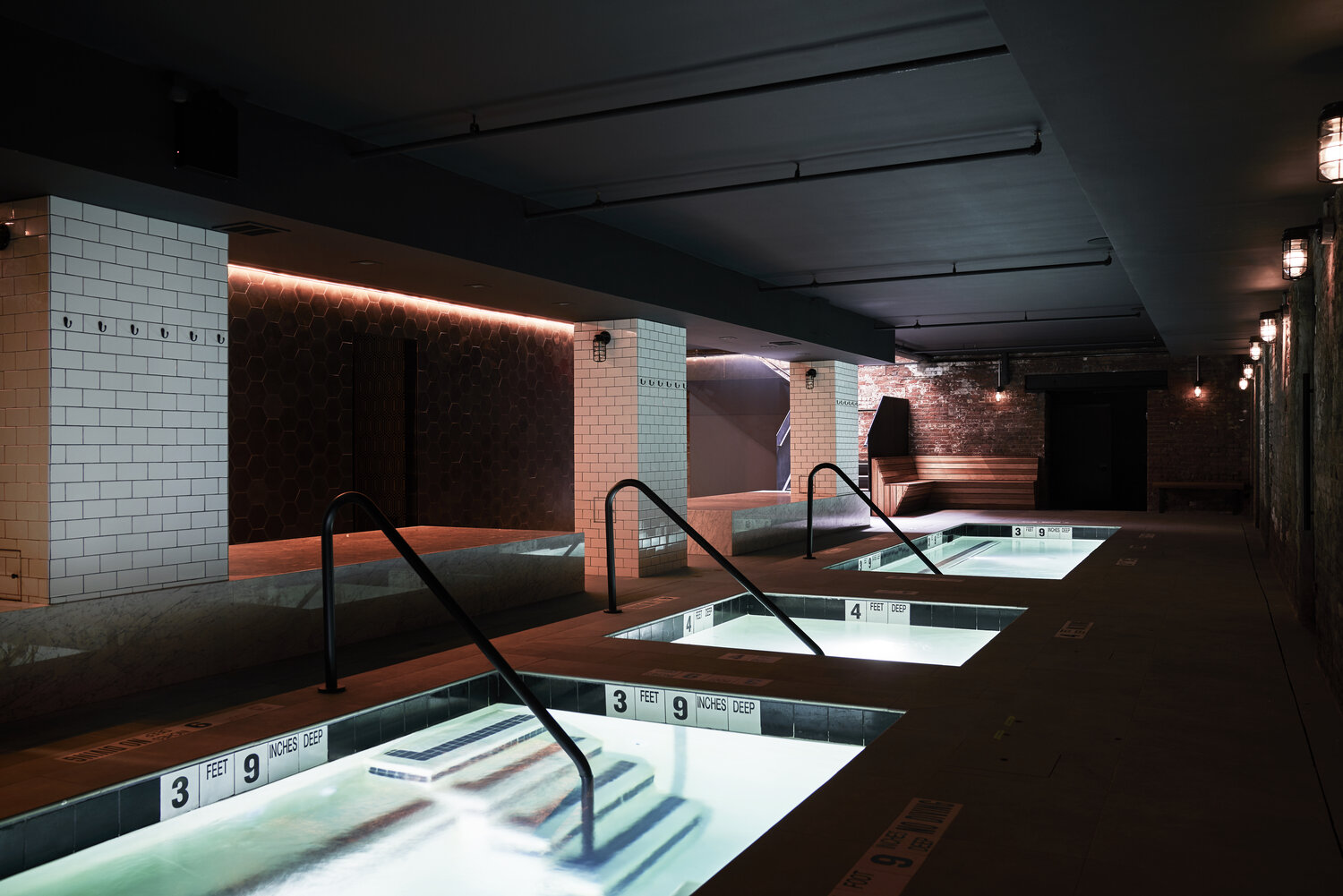
When choosing a cold plunge tub for a therapy center, it’s essential to opt for commercial-grade equipment. Here are the key features to look for:
1. Durability and Material Quality
Commercial-grade cold plunge tubs are built to withstand frequent use. Look for tubs made from durable materials such as stainless steel, which is resistant to corrosion and easy to clean.
2. Temperature Control
Precision in temperature control is crucial for effective therapy. Advanced cold plunge tubs come with digital temperature settings that allow the user to set and maintain the ideal cold water temperature.
3. Size and Depth
The size of the tub should accommodate a range of body types. Therapy centers should opt for deeper and larger tubs to ensure full-body immersion, which maximizes the therapeutic benefits.
4. Filtration System
A built-in filtration system ensures the water stays clean and safe for repeated use, which is vital in a professional setting.
5. Easy Installation and Maintenance
Therapy centers should invest in cold plunge tubs that are easy to install and maintain. Many commercial-grade models come with self-cleaning features or automated water treatment systems.
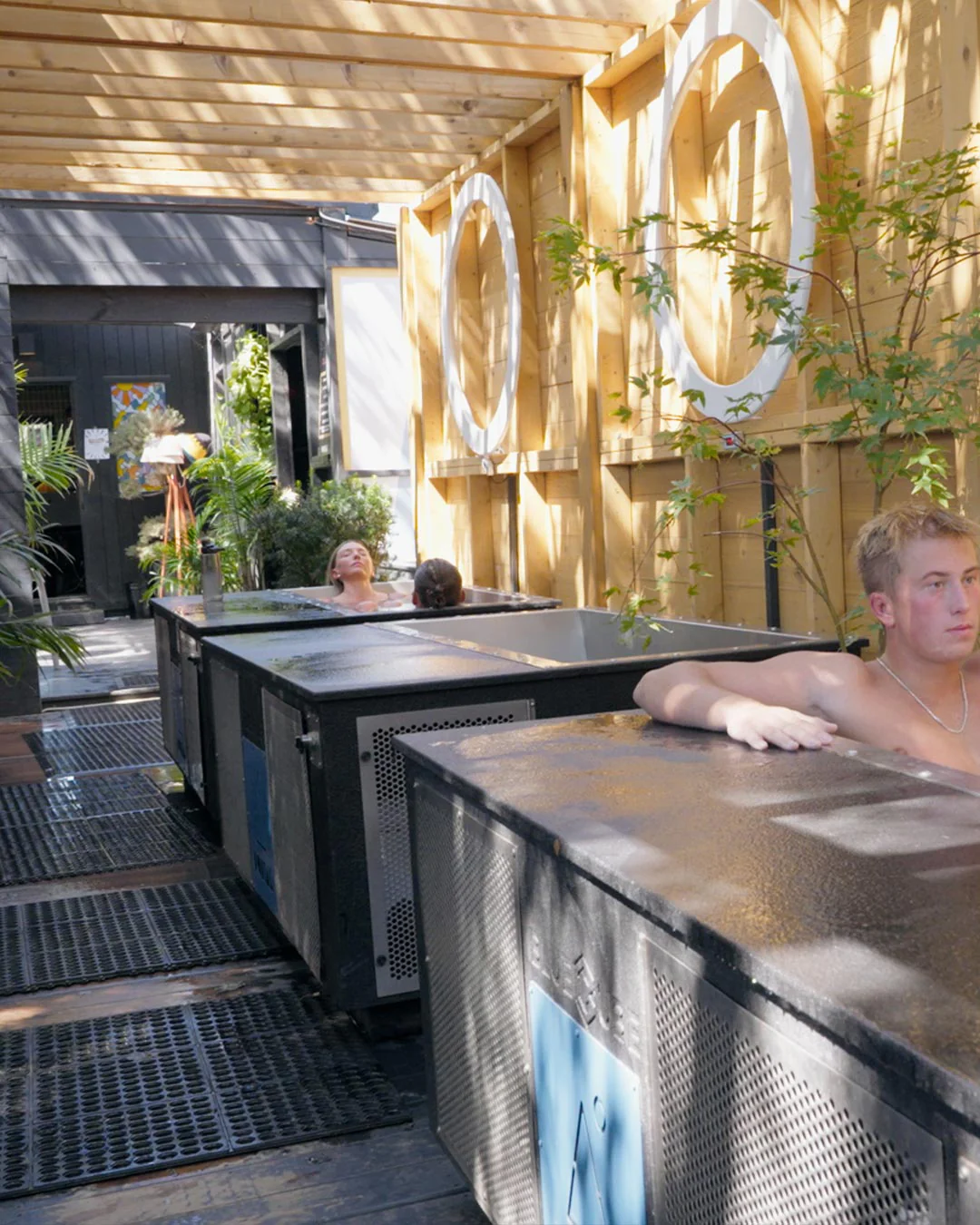
Best Cold Plunge Tub Brands for Therapy Centers
Several brands specialize in commercial-grade cold plunge tubs. Here are some of the top options:
- Renu Therapy: Known for its energy-efficient designs and advanced filtration systems.
- ColdTub™: Offers customizable options with different sizes and features tailored for therapy centers.
- Ice Barrel: Focuses on portable, ergonomic designs that fit seamlessly into smaller therapy spaces.
Learn more about advanced therapy equipment from ColdTub™.
How to Incorporate Cold Plunge Tubs into Your Therapy Center
1. Pre- or Post-Treatment Recovery
Cold plunge tubs are excellent for post-treatment recovery, especially after physical therapy sessions. They can also be used as a preparatory step to enhance the efficacy of certain treatments like massage or chiropractic adjustments.
2. Holistic Wellness Programs
Many therapy centers integrate cold plunges as part of a broader wellness program, including hot and cold therapy, hydrotherapy, or contrast baths (alternating between hot and cold water). This combination maximizes the body’s natural healing processes.
3. Standalone Therapy
For some clients, a cold plunge session can be a standalone treatment aimed at reducing stress, improving circulation, or simply enhancing mental clarity. Offer cold plunge therapy as an exclusive service, especially for athletes or clients looking to boost recovery.
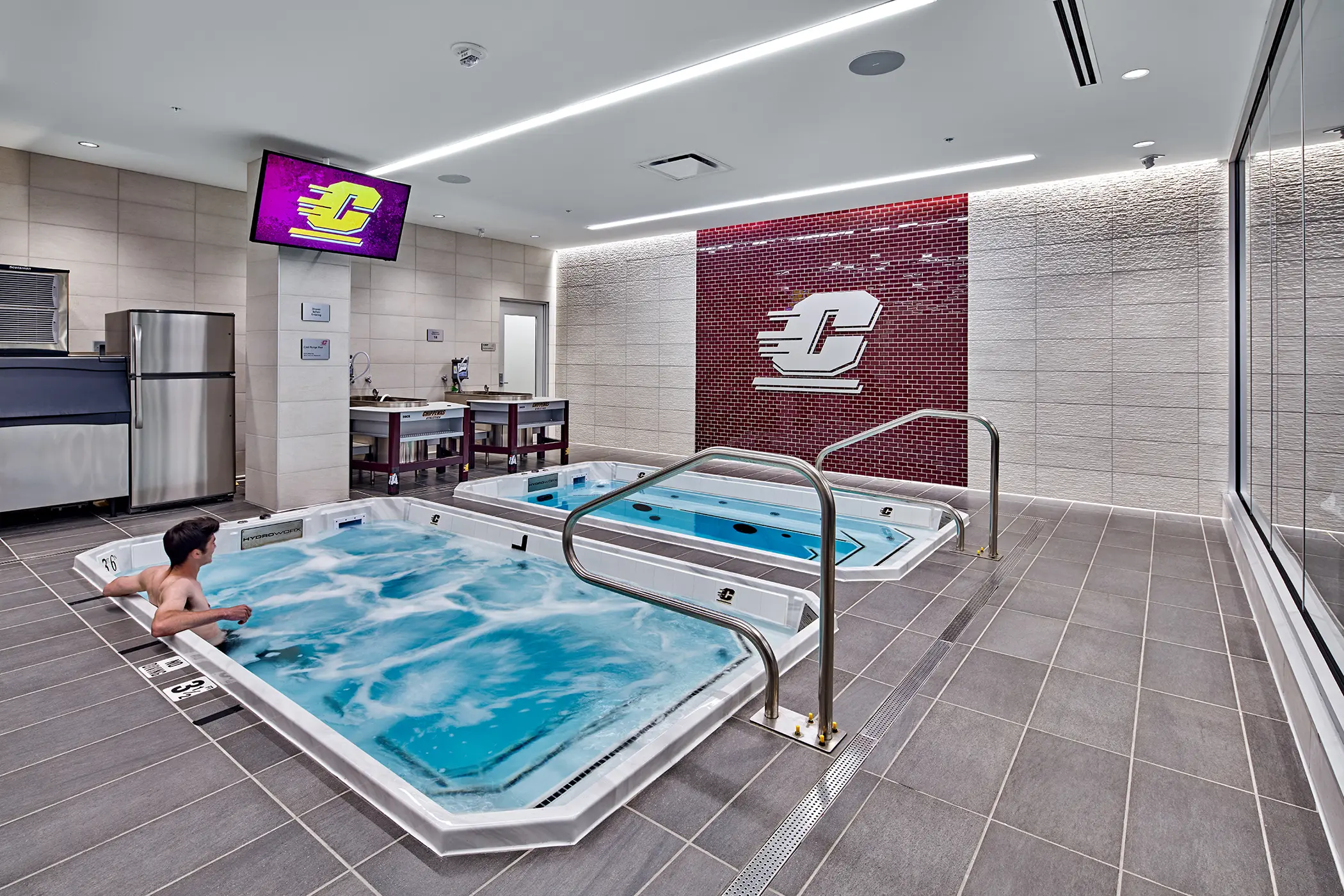
The Science Behind Cold Plunge Therapy
Cold water immersion has been extensively studied in sports medicine and physical therapy. One of the primary mechanisms at work is vasoconstriction, where blood vessels narrow, limiting blood flow to the extremities. Once you exit the cold water, the blood vessels dilate, increasing the flow of oxygenated blood to muscles and tissues. This process helps flush out metabolic waste, reduces muscle fatigue, and speeds up healing.
Additionally, cold exposure stimulates the vagus nerve, which plays a role in reducing stress and anxiety, making it a popular choice for mental health therapy.
Research Highlights:
- Muscle Recovery: Studies show that cold water immersion significantly reduces delayed onset muscle soreness (DOMS) after high-intensity workouts or rehabilitation sessions.
- Anti-Inflammatory Effects: Cold therapy has been proven to reduce the levels of inflammatory markers in the body, speeding up recovery from injury.
- Mental Health Benefits: Cold therapy can reduce symptoms of depression and anxiety by boosting the release of endorphins and stimulating the parasympathetic nervous system.
For more insights on cold therapy research, visit Healthline.
Frequently Asked Questions (FAQs)
For most people, 2-5 minutes is sufficient to experience the benefits. However, professional athletes or therapy patients may extend their sessions under supervision.
While cold plunge therapy is generally safe, it’s essential to consult with a healthcare professional if you have cardiovascular issues, respiratory conditions, or sensitivity to cold.
It depends on the individual’s needs. For recovery and inflammation control, 2-3 sessions per week are recommended. For mental clarity and stress relief, daily sessions may be beneficial.
The optimal range is between 50°F to 59°F (10°C to 15°C). Maintaining this temperature ensures the maximum benefits of cold water immersion without causing undue shock to the system.
Conclusion
Cold plunge tubs are a valuable addition to any professional therapy center. Whether you’re looking to enhance your client’s recovery, reduce inflammation, or offer a unique wellness service, investing in a commercial-grade cold plunge tub is a smart move. Remember to choose a model with features like precise temperature control, durability, and easy maintenance to ensure you offer the best experience to your clients.
For more information on setting up cold plunge therapy in your facility, check out Renu Therapy.



